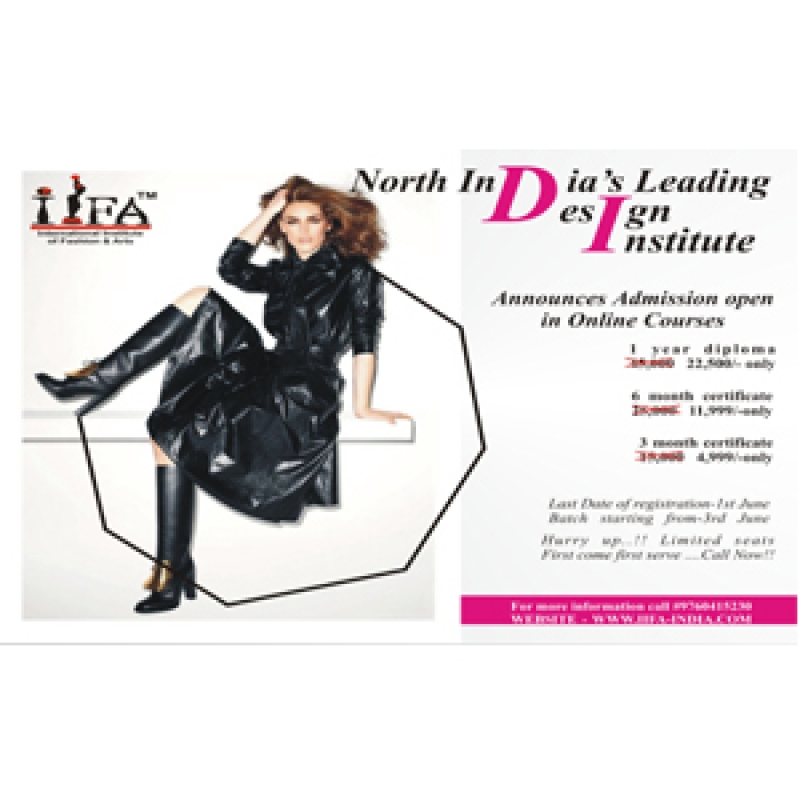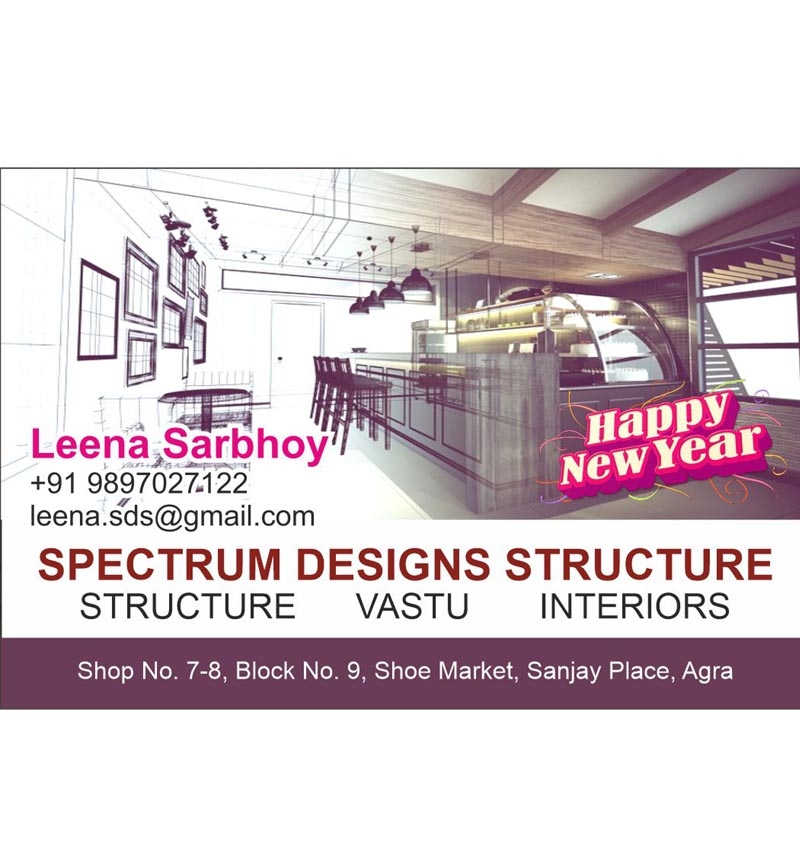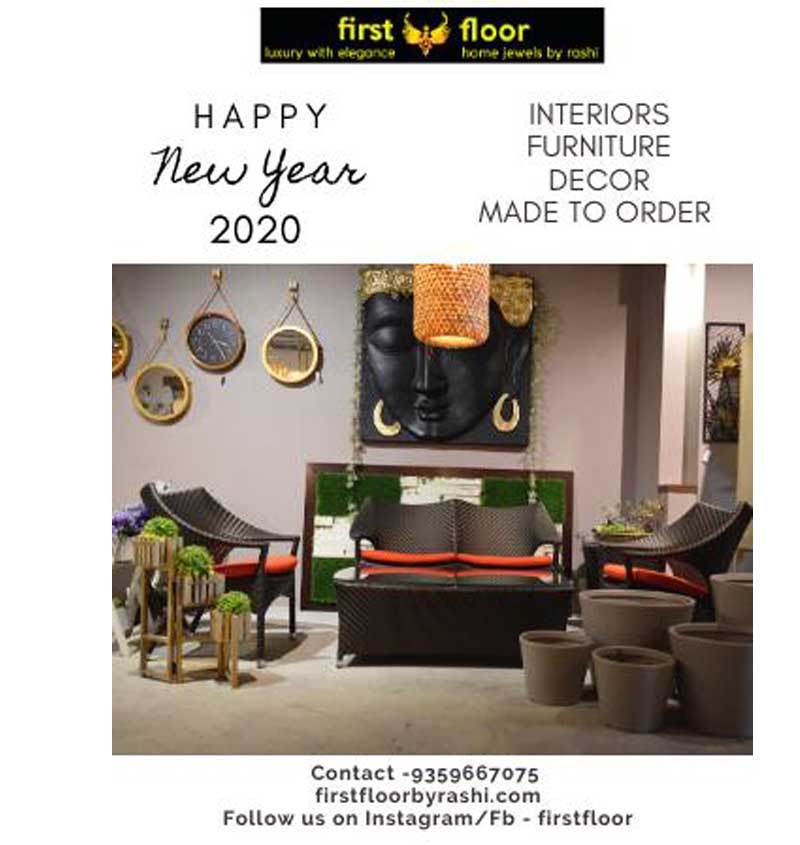Touch as a Design Language
Designers have long used texture to communicate mood—consider the softness of chiffon to evoke romance or the rigidity of leather to signal strength. But today’s collections are going further, using texture as a form of storytelling.
Take Bottega Veneta’s recent collections, where Daniel Lee’s legacy of woven leather continues to evolve into exaggerated scales and deeply tactile pieces. Or Loewe under Jonathan Anderson, where surrealist silhouettes are built with wildly contrasting materials—fringed wool against molded latex, coarse jute next to organza—designed to delight both the eye and the fingertips.
Even traditionally minimalist houses like The Row and Jil Sander are leaning into texture to deepen their visual language. A quiet cashmere tunic isn’t just minimal—it’s meditative. A crinkled silk dress isn’t just elegant—it’s alive.
The Post-Digital Counterpoint
Much of this texture obsession can be traced to the post-digital fatigue creeping into fashion. After years of polished, over-filtered aesthetics and fast-fashion homogeneity, texture offers something real—something grounded. It appeals to a growing desire for presence and physical connection in an increasingly virtual world.
This is especially evident in the rise of handcrafted and artisanal fashion. Brands like Simone Rocha, Cecilie Bahnsen, and Marine Serre are reviving age-old techniques—smocking, quilting, embroidery—bringing emotional depth and human imperfection into each piece. Even luxury giants are taking notice, highlighting craft in their marketing and spotlighting the makers behind the seams.
As fashion returns to the hand and the human, texture becomes proof of time, care, and intention. It makes clothing not just wearable, but soulful.
Sustainability You Can Feel
Texture also plays a major role in the conversation around sustainable fashion. Natural and recycled fabrics often carry irregularities—visible weaves, unbleached tones, or slubby finishes—that are now celebrated rather than concealed. The aesthetic has shifted from glossy perfection to organic honesty.
Upcycled materials, deadstock fabrics, and patchworked pieces are becoming the face of conscious style. The rawness of these textures tells a story: of past lives, of resourcefulness, of design with purpose.
Emerging designers like Collina Strada, Conner Ives, and Elena Velez are at the forefront of this movement—using texture not just as an aesthetic tool, but as an ethical stance.
Sensory Dressing and Emotional Style
In parallel with fashion’s evolving attitude toward body positivity and gender fluidity, texture allows clothing to communicate comfort, sensuality, and safety. The popularity of “sensory dressing”—soft knits, brushed cotton, and calming, weighted materials—has grown alongside mental health awareness and the push for inclusive design.
Clothing is increasingly being designed not just to look good, but to feel good—a powerful idea in a post-pandemic world where comfort has become non-negotiable.
Whether it's shearling-lined coats, pillowy puffers, or silky layers that move like a second skin, fashion is tapping into the emotional power of touch—grounding wearers in their bodies and their identities.
A Tactile Future
As AI-generated clothing and digital wardrobes rise, the importance of texture in physical fashion becomes more pronounced. It’s the difference between artificial and authentic, simulation and sensation. It’s the difference between something we scroll past—and something we keep.
Fashion is remembering its roots: not just as visual spectacle, but as physical, emotional, lived experience. And as more designers push the limits of fabric, material, and craft, the Texture Takeover is proving that feeling really is believing.



















Your Message